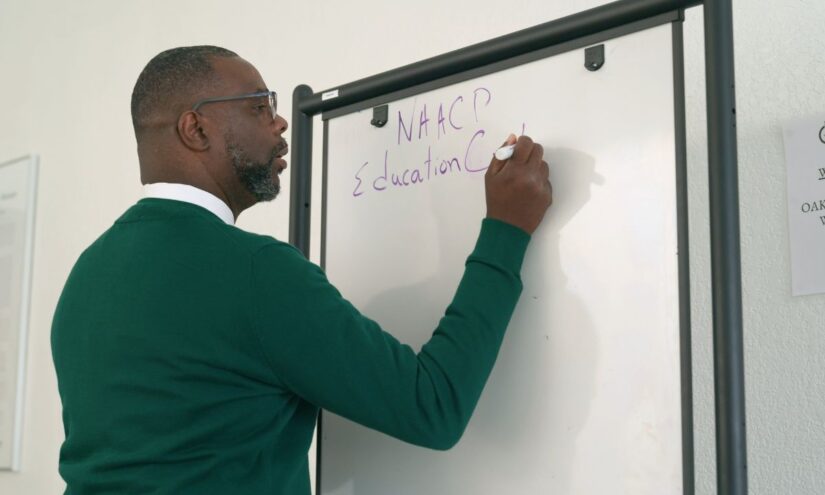During this summer, a team of students from MIT embarked on a journey to the sou …
St. Louis NAACP Enlists Nonprofits to Ensure Reading Proficiency in Local Children
Jennifer Livingstone

Nonprofits are taking the lead in supporting Black students in St. Louis to improve their reading skills. They are striving to address the educational equity issues faced by students of color. The St. Louis NAACP has initiated the “Right to Read” campaign with a mission to ensure that all children in the city and county of St. Louis have access to the necessary materials and support to achieve proficient reading by third grade by 2030. This campaign kicked off with the screening of a documentary called “Right to Read,” which highlights the struggles faced by students in Oakland. The St. Louis NAACP plans to launch a listening tour to gather feedback from superintendents, teachers, parents, and nonprofits to improve student reading. The chapter also intends to partner with local school districts in the future to achieve their goal.
The reading scores in St. Louis Public Schools have been poor, especially for Black students, with the disparity between Black and white students increasing over the years. In 2013, only 19% of Black third graders scored as proficient in reading on standardized tests, compared to 43% of their white counterparts. The disparity grew to 14% versus 61% by last year. Research indicates that students with low literacy rates face a higher risk of dropping out of high school, entering poverty, or becoming involved in the criminal justice system. The St. Louis NAACP aims to address this literacy crisis and promote economic empowerment through the “Right to Read” campaign.
Missouri has also witnessed a decline in reading proficiency scores over the past decade, prompting the passing of a new literacy law last year. This law requires schools to create success plans for students with reading deficiencies and is part of the comprehensive plan “Missouri Read, Lead, Exceed” that focuses on evidence-based literacy instruction. The “Right to Read” campaign aims to close the literacy gap and focuses on third grade as research shows that children who are not reading proficiently by then have a higher chance of not graduating from high school on time.
The “Right to Read” campaign is also partnering with local nonprofits such as Bridge 2 Hope St. Louis, Turn the Page STL, and the Oasis Institute to boost student literacy. These organizations are actively working to provide resources, parent advocacy, tutoring, and support to improve reading proficiency among St. Louis students. The goal is to connect resources and address systemic inequities in education to ensure all children have the opportunity to read well and succeed in life.
Addressing literacy is crucial for all students, including those from affluent backgrounds. However, historical data shows that when white America faces challenges, Black America faces even greater hardships. Therefore, it is essential to come together as a community and pool resources to dissolve systemic inequities in education. Literacy is a critical determinant of individual success and should be prioritized to provide equal opportunities for all children.

